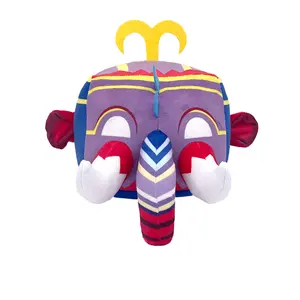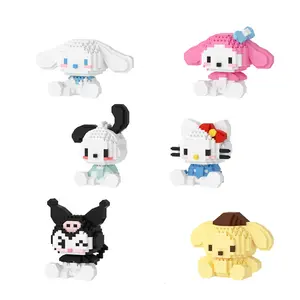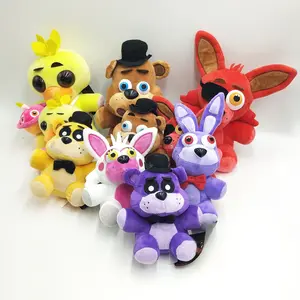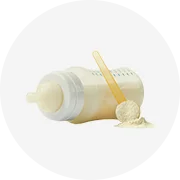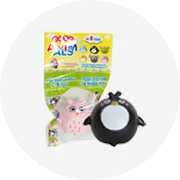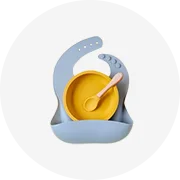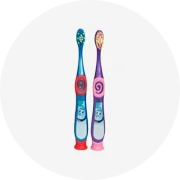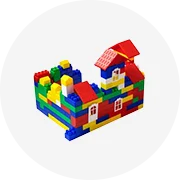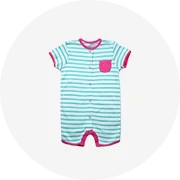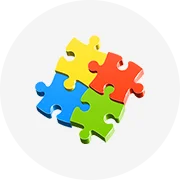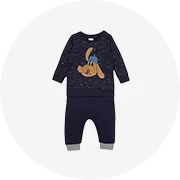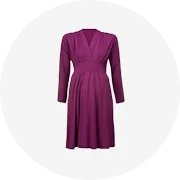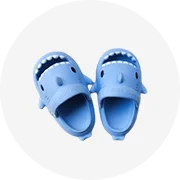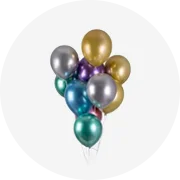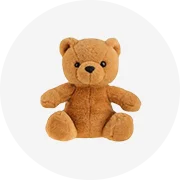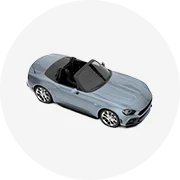Popolare nel tuo settore






Tagliere flessibile di lusso su misura della noce nera del grano dell'estremità del blocco del macellaio per la cucina con la scanalatura del succo
30,60 € - 33,38 €
Ordine minimo: 300 insiemi
Spedizione per pezzo: 7,49 €



Cina il più grande Commercio All'ingrosso Custom Design skid resistenza peso leggero PP Taglieri di plastica colorato Bordo di Taglio
1,55 € - 1,86 €
Ordine minimo: 50 parti







Taglieri in pe a prezzi economici più venduti tagliere per alimenti tagliere in polipropilene pp ad alta densità
3,25 € - 4,64 €
Ordine minimo: 1 chilogrammo







Tagliere Hdpe bianco antiscivolo Eco Friendly in plastica PE tagliere per alimenti
3,25 € - 4,64 €
Ordine minimo: 1 chilogrammo
Spedizione per pezzo: 31,24 €







Tagliere antibatterico Uhmw che taglia insapore ad alta densità in polietilene Hdpe
2,69 € - 2,79 €
Ordine minimo: 1000 chilogrammi
Spedizione per pezzo: 2,01 €







Tagliere in plastica colorata 4 pezzi MOQ basso esistente per cucina
Pronto per la spedizione
11,23 €
Ordine minimo: 2 insiemi
Spedizione per pezzo: 15,46 €



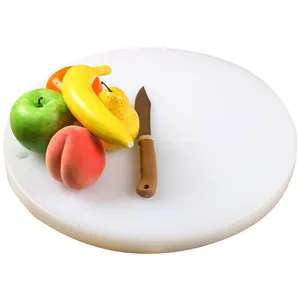


Taglieri personalizzati per cucina tagliere in plastica materiale PE per uso alimentare tagliere HDPE/LDPE
1,86 € - 2,32 €
Ordine minimo: 50 chilogrammi



Tagliere in plastica da cucina personalizzato Set di 4 6 tappetino da taglio flessibile Extra spesso per cucinare tagliere antiscivolo
1,84 € - 3,23 €
Ordine minimo: 50 insiemi






Prodotti tagliere in silicone tagliere professionale tagliere in plastica scarico prodotto più venduto
Pronto per la spedizione
0,7416 € - 0,927 €
Ordine minimo: 1 insieme
Spedizione per pezzo: 13,30 €


4 pezzi taglieri di taglio con indice di colore codificato cibo icona di plastica tagliere Set con supporto di conservazione
3,34 € - 3,70 €
Ordine minimo: 500 parti
Spedizione per pezzo: 2,10 €






Tagliere di paglia di grano naturale ecologico senza BPA tagliere di plastica da cucina
0,7787 € - 1,52 €
Ordine minimo: 300 parti
Spedizione per pezzo: 2,56 €
Ricerche correlate:
taglieri in plastica spessatagliere rotondo in plasticatagliere in plastica 1tagliere di plastica variopintoblocchi di plastica del petagliere in plastica tagliereblocchi di plasticablocco di taglio pp in plasticablocchi colorati fogli di plasticataglieri in polietilene uhmwblocchi di taglio di plastica su ordinazionetagliere in plastica con vassoioblocchi di taglio non tossiciplastica pulita facile del blocco di tagliouhmw pe trinciatura blocchi di plastica






Vendita calda tagliere da cucina utensili per verdure tagliere in plastica flessibile tappetino accessori da cucina antiscivolo tagliere
1,53 € - 1,67 €
Ordine minimo: 1 insieme
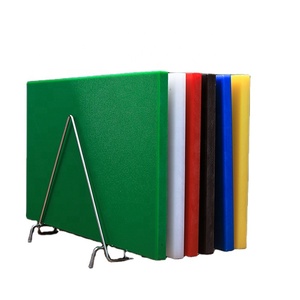

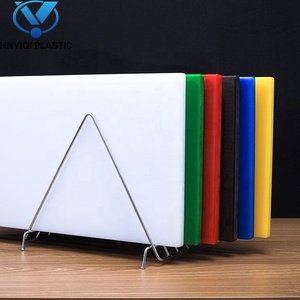
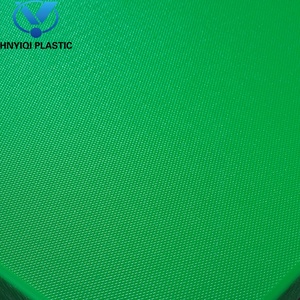
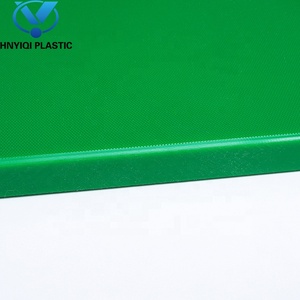
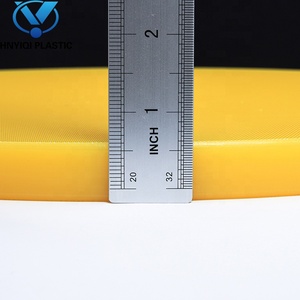
Tagliere taglieri commestibile 100% plastica ecologica colore Pe antiscivolo preparazione alimentare per cucina di casa rettangolo
2,84 € - 5,66 €
Ordine minimo: 20 parti






Tagliere in legno di bambù facile da pulire con set di 6 tappetini da taglio flessibili con codice colore con Set di taglieri per icone alimentari
5,10 € - 7,33 €
Ordine minimo: 500 insiemi
Spedizione per pezzo: 116,83 €












Anti-muffa tagliere blocchi Eco-Friendly a bordo di formaggio da cucina In Plastica pe bordo di taglio di Verdure
0,8343 € - 3,90 €
Ordine minimo: 100 parti






ANJUKE 6 In 1 Food Grade Eco Friendly pieghevole multiuso pieghevole In plastica frutta verdura pieghevole tagliere
4,08 € - 4,18 €
Ordine minimo: 1 parte






Tagliere multifunzionale in plastica tagliere per cucina
2,77 € - 3,03 €
Ordine minimo: 1000 insiemi
Spedizione per pezzo: 1,36 €





Tagliere in plastica bianca PP materiale tagliere naturale tagliere da cucina in Hdpe
1,12 € - 1,67 €
Ordine minimo: 1 chilogrammo


Tagliere di plastica di sicurezza alimentare della fabbrica della cina tagliere di plastica di uso del ristorante dell'hotel della cucina all'ingrosso
1,55 € - 1,86 €
Ordine minimo: 50 parti
Spedizione per pezzo: 17,45 €






All'ingrosso colorato tagliere pieghevole da cucina Set facile da pulire materiale PP lungo per tagliare uso domestico
Pronto per la spedizione
0,6397 € - 4,58 €
Ordine minimo: 10 parti
Spedizione per pezzo: 10,29 €





Tagliere in fibra di paglia di grano da cucina per uso alimentare tagliere in plastica
3,36 €
Ordine minimo: 200 parti






Set di taglieri in plastica PP da 4 pezzi di vendita calda con staffa tagliere in plastica grezza e cotta a quattro colori
3,48 € - 3,64 €
Ordine minimo: 100 parti
Spedizione per pezzo: 3,43 €






Set di taglieri in plastica PP rettangolare quadrato da 4 pezzi per la sicurezza alimentare con supporto per la conservazione
3,99 € - 4,55 €
Ordine minimo: 50 insiemi


Tagliere in plastica di vendita calda tagliere da cucina in Pp colorato
0,3245 €
Ordine minimo: 100 parti






Tagliere indice colorato cucina antiscivolo Set 4 pezzi tagliere in plastica con vassoio
3,99 € - 4,64 €
Ordine minimo: 2 parti





Tagliere di plastica tagliere per uso domestico tagliere di frutta rettangolare in porcellana tagliere da cucina colorato in plastica
Pronto per la spedizione
0,4265 € - 0,4543 €
Ordine minimo: 80 parti
Spedizione per pezzo: 0,5562 €






Tagliere in plastica antiscivolo tagliere in plastica per tappetino da taglio
Pronto per la spedizione
1,35 € - 1,63 €
Ordine minimo: 100 unità
Spedizione per pezzo: 23,93 €





Tagliere in plastica antiscivolo per carne e verdura multicolore tagliere da cucina in Pp
Pronto per la spedizione
0,204 € - 0,2318 €
Ordine minimo: 50 parti
Spedizione per pezzo: 0,927 €






Taglieri Extra Large per cucina Set di 4 Multi-funzionale cucina in plastica Non slittamento piedi taglio blocchi di taglio
4,26 € - 4,54 €
Ordine minimo: 500 insiemi






Tagliere pieghevole flessibile di nuovo Design tagliere in plastica
463,49 €
Ordine minimo: 2002 chilogrammi











JOYWAVE taglieri di migliore qualità per tagliare verdure utensili da cucina a base di carne formaggio tagliere di plastica spesso
1,77 € - 1,89 €
Ordine minimo: 1500 parti
Spedizione per pezzo: 11,41 €





Nuovo Design colorato indice utensili da cucina tagliere blocchi tagliere Set 4 pezzi tagliere in plastica con vassoio
Pronto per la spedizione
2,60 € - 3,33 €
Ordine minimo: 10 insiemi
Spedizione per pezzo: 4,41 €






OEM ANJUKE 6 In 1 tagliere pieghevole multifunzionale tagliere pieghevole In plastica tagliere Prep tagliere per formaggio
0,4635 € - 4,36 €
Ordine minimo: 2 parti






Tagliere in plastica da cucina PP con Design personalizzato multifunzione tagliere colorato per crudo e cotto
0,1576 € - 0,1669 €
Ordine minimo: 3000 unità
Spedizione per pezzo: 2,25 €






KITCHENCARE set di 3 tagliere in plastica personalizzata all'ingrosso
2,32 € - 2,92 €
Ordine minimo: 1000 insiemi
Spedizione per pezzo: 1.779,76 €






Accessori da cucina per la casa coltello gadget e tagliere con codice colore indice in plastica con supporto
Pronto per la spedizione
12,06 € - 13,45 €
Ordine minimo: 6 parti
Spedizione per pezzo: 7,68 €






Tagliere tagliere all'ingrosso ad alta densità polietilene HDPE Color plastica PE personalizzazione dimensioni personalizzate di grado vergine
2,79 € - 4,64 €
Ordine minimo: 1 chilogrammo
Migliori categorie
Su taglieri colorati in plastica
Scopri l'esclusiva. Catalogo taglieri colorati in plastica su Alibaba.com. Sono giocattoli senza plastica, completamente sicuri per i tuoi bambini e anche per l'ambiente. taglieri colorati in plastica sono ideali per esperienze tattili per i tuoi bambini. I giocattoli sono anche un ottimo mezzo per migliorare la coordinazione occhio-mano nei bambini in crescita.
taglieri colorati in plastica su Alibaba.com sono leggeri e facili da modellare. Sono giocattoli colorati, che fanno capire ai bambini la percezione del colore. Possono essere modellati in varie forme per istruire i bambini su forme distinte. Contengono anche molti stencil per creare forme come animali e fiori. I bambini possono creare una serie di modelli divertenti usando rulli e coltelli. Sono anche adatti per migliorare le capacità motorie nei bambini. I giocattoli sono riutilizzabili e possono essere modellati su tutto ciò che i bambini desiderano. Ciò garantisce ogni volta un'esperienza nuova per i bambini e non si annoiano mai con i giocattoli.
taglieri colorati in plastica consente ai bambini di visualizzare e trasformare quella visione in qualcosa di solido. I giocattoli non sono appiccicosi e danno una buona sensazione al tatto ai bambini. Canalizzano l'energia dei bambini e offrono un'esperienza rilassante. Inoltre, sono facili da pulire grazie alla loro natura non appiccicosa. I giocattoli sono portatili, rendendoli ideali per sessioni di gioco sempre e ovunque. E sono adatti per sessioni di gioco da solista e di gruppo. Sono privi di spigoli vivi, assicurando che i bambini non si feriscano.
Diventa spettacolare. taglieri colorati in plastica e offerte su Alibaba.com. I rinomati produttori elencati nel sito offrono prodotti incredibili a prezzi incredibili. Per finire, forniscono anche personalizzazione e facile consegna. Invia un preventivo per usufruire di numerosi vantaggi a tariffe scontate.
taglieri colorati in plastica su Alibaba.com sono leggeri e facili da modellare. Sono giocattoli colorati, che fanno capire ai bambini la percezione del colore. Possono essere modellati in varie forme per istruire i bambini su forme distinte. Contengono anche molti stencil per creare forme come animali e fiori. I bambini possono creare una serie di modelli divertenti usando rulli e coltelli. Sono anche adatti per migliorare le capacità motorie nei bambini. I giocattoli sono riutilizzabili e possono essere modellati su tutto ciò che i bambini desiderano. Ciò garantisce ogni volta un'esperienza nuova per i bambini e non si annoiano mai con i giocattoli.
taglieri colorati in plastica consente ai bambini di visualizzare e trasformare quella visione in qualcosa di solido. I giocattoli non sono appiccicosi e danno una buona sensazione al tatto ai bambini. Canalizzano l'energia dei bambini e offrono un'esperienza rilassante. Inoltre, sono facili da pulire grazie alla loro natura non appiccicosa. I giocattoli sono portatili, rendendoli ideali per sessioni di gioco sempre e ovunque. E sono adatti per sessioni di gioco da solista e di gruppo. Sono privi di spigoli vivi, assicurando che i bambini non si feriscano.
Diventa spettacolare. taglieri colorati in plastica e offerte su Alibaba.com. I rinomati produttori elencati nel sito offrono prodotti incredibili a prezzi incredibili. Per finire, forniscono anche personalizzazione e facile consegna. Invia un preventivo per usufruire di numerosi vantaggi a tariffe scontate.
